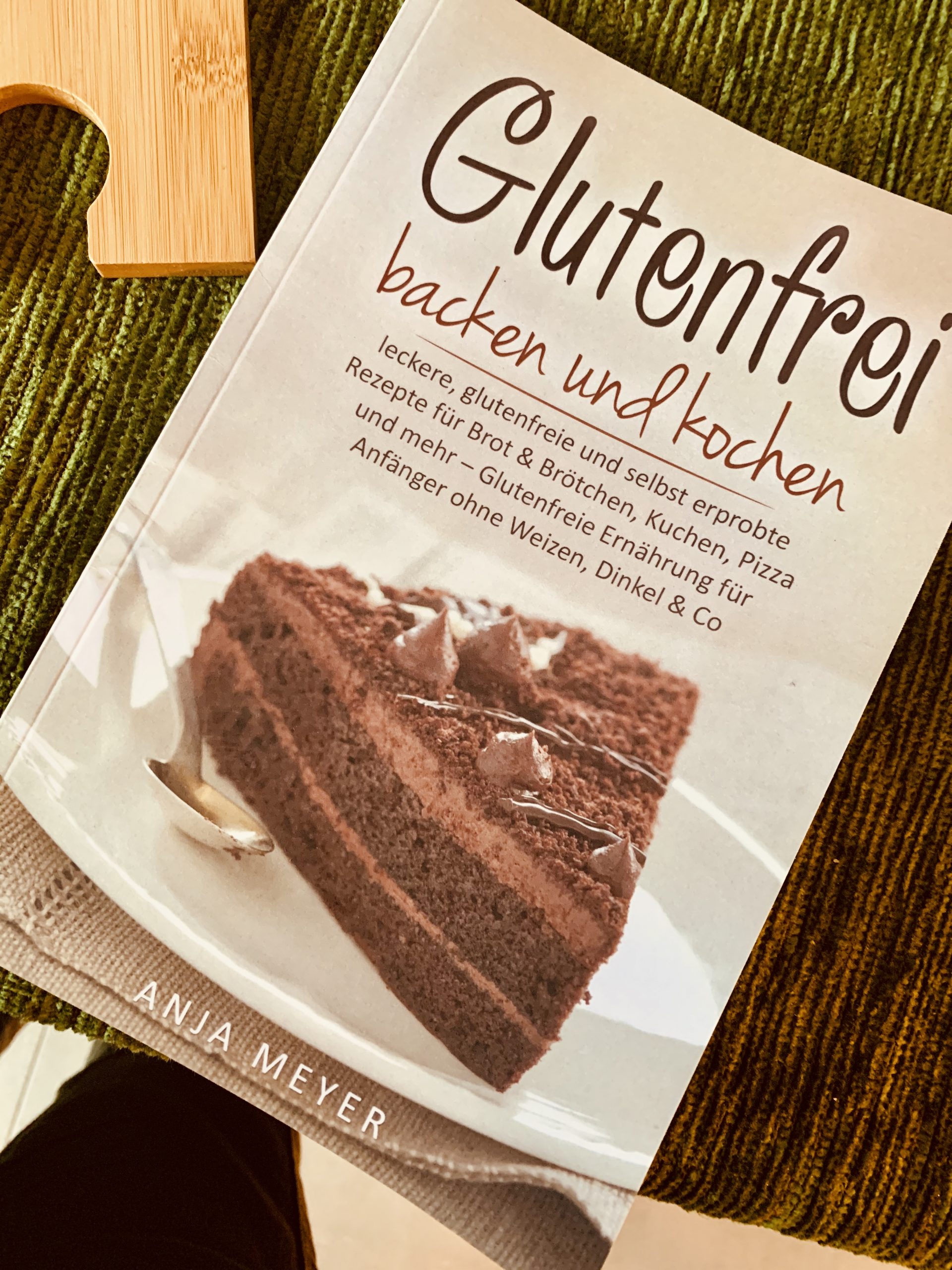Gluten-free baking can be quite complicated and I made a lot of mistakes in the beginning that led to wasted time, effort and ingredients. Recently however, I found this recipe book in German called Glutenfreie backen und kochen by Anja Meyer. I’ve compiled three of her tips on gluten-free baking in this post.
Always use a binding agent: Gluten is a group of proteins that have adhesive qualities – it makes pizza dough elastic and keeps cookies from crumbling. Gluten-free flours, as the phrase suggests, lack this quality and gluten-free bread without a binding agent will most likely crack in the oven and fall apart (this happened to me once). The solution however, is easy: When combining different kinds of gluten-free flours (like almond meal, maize flour or millet), make sure to use a binding agent like xanthan gum, eggs or psyllium husk (my personal favourite). This will make the dough sticky and prevent it from crumbling. Many ready made gluten-free flour mixes (like this one) have a binding agent in them so you don’t have to add anything else.
Gluten-free flours dry out faster: Bread made out of almond flour often dries out faster- while baking and during storage as well. To prevent the dough from drying out during baking, keep a small bowl of water in the oven. When the bread is ready, allow it to cool for a bit, then wrap it in a muslin towel and store it in the fridge.
Use a mix of gluten-free flours: Substituting only one kind of flour for wheat does not really work. While mixing your own gluten-free flour, make sure that the starchy ingredients (like rice, maize or potato flour) make up at least one-third of the flour mix. This is particularly useful for mixing flours for bread (I use 1/3 maize, 1/3 almond and 1/3 buckwheat for breakfast rolls, for example). This helps add body to the bread as well as bind the ingredients.
Gluten-free breads are often heavier than normal wheat loaves and I’m still looking for a recipe that bakes soft, fluffy bread rolls. However, these tips have ensured that my bread stays together and tastes good, at the very least.
For cakes, especially chocolate cake, I like using baked sweet potatoes, which add to the bulk and also help retain moisture. You can find my cake recipes here.
For more of my tips on gluten-free cooking, click here and let me know if you have any more tips on gluten-free baking.

